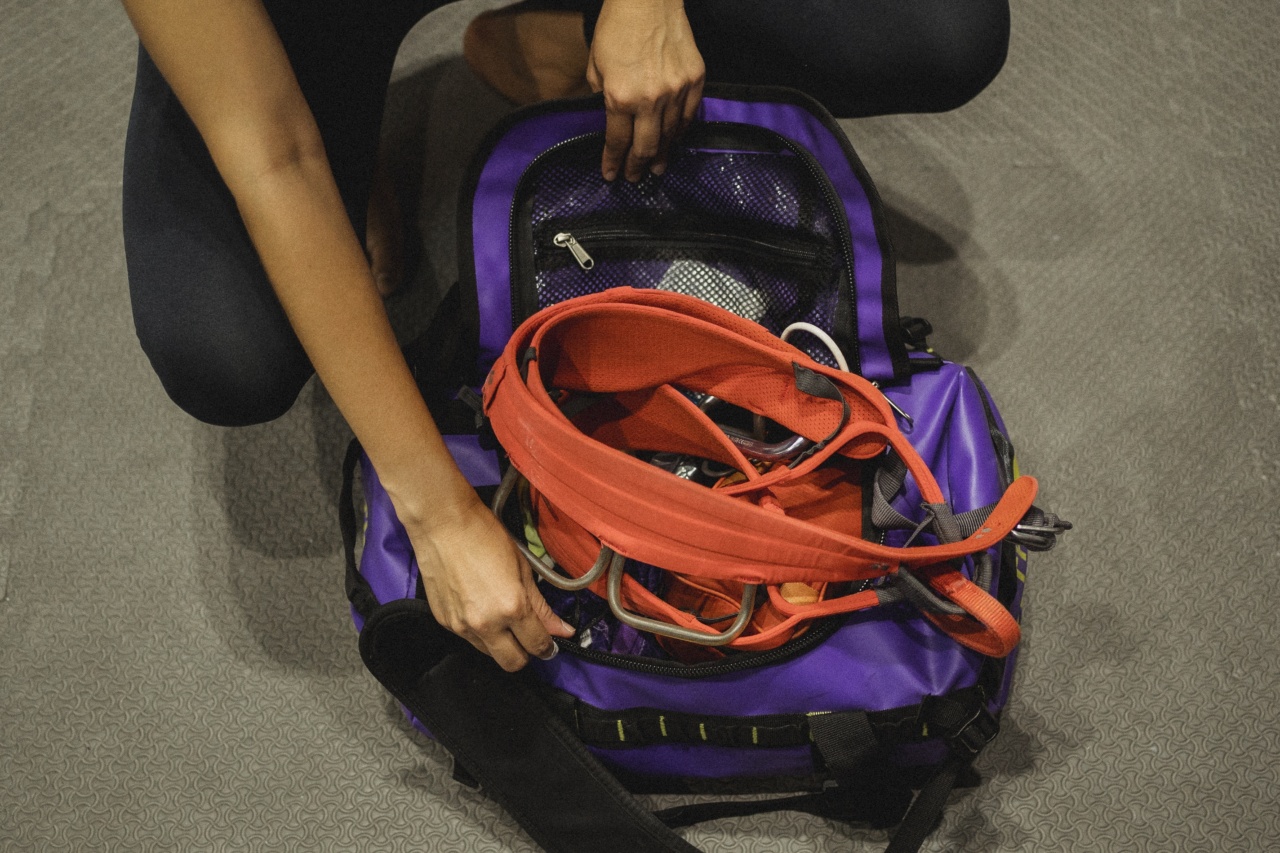Acne is a common skin condition that affects millions of people around the world. It is characterized by the presence of pimples, blackheads, whiteheads, and often leaves behind scars and blemishes.
While acne is primarily caused by hormonal imbalances, there are several other factors that can contribute to its development. One such factor is lack of exercise.
Regular exercise plays a crucial role in maintaining overall health and well-being. Physical activity not only keeps your body fit but also has numerous benefits for the skin.
Exercise increases blood circulation, which helps deliver oxygen and vital nutrients to the skin cells. Additionally, it flushes out toxins through sweat, reduces stress levels, and boosts the immune system – all of which contribute to a clearer complexion.
Heading 2: Sweating It Out: How Exercise Affects Acne
One of the main ways exercise helps combat acne is by promoting sweat production. When you engage in physical activity, your body temperature rises, and you start to sweat.
Sweat helps remove dirt, oil, and dead skin cells from your pores, preventing them from clogging and leading to breakouts. Sweating also helps to regulate sebum production, the oily substance that can contribute to acne when produced in excess.
Moreover, exercise stimulates the production of endorphins, often referred to as “feel-good” hormones. These endorphins help reduce stress levels, which is a major acne trigger.
Stress causes the release of cortisol, a hormone that promotes inflammation and triggers excess sebum production. By reducing stress through exercise, you can effectively minimize acne breakouts.
Heading 3: The Power of Blood Circulation
Regular exercise improves blood circulation throughout your body, including your skin. When blood flow is enhanced, more oxygen and nutrients are transported to your skin cells, supporting their health and natural rejuvenation processes.
Improved circulation also helps carry away waste products and toxins, ensuring a healthier complexion.
In addition to oxygen and nutrients, blood carries anti-inflammatory agents that can help reduce redness and swelling associated with acne.
By allowing these agents to reach the affected areas, regular exercise can alleviate existing breakouts and prevent the formation of new ones.
Heading 4: Choosing the Right Workout for Acne
Not all workouts are created equal when it comes to combating acne. While any form of physical activity is beneficial, certain exercises may have an edge over others in improving skin health.
Here are a few workout options that can effectively help you say goodbye to acne:.
Heading 5: Cardiovascular Exercises
Cardiovascular exercises, such as running, biking, swimming, or dancing, increase your heart rate and promote healthy blood circulation. These activities also activate sweat glands, aiding in the removal of acne-causing impurities.
Heading 6: Yoga and Pilates
Yoga and Pilates focus on controlled movements and deep breathing, which help reduce stress levels. These low-impact exercises also improve flexibility and blood flow, leading to healthier skin.
Heading 7: Strength Training
Strength training exercises, including weightlifting and resistance training, help build muscle and increase metabolism. The enhanced blood flow during and after these workouts supports skin health and facilitates the healing of acne scars.
Heading 8: Healthy Habits for Acne-Free Skin
While incorporating exercise into your routine is crucial for achieving clear skin, it is essential to adopt other healthy habits as well. Here are a few tips to complement your gym sessions and maintain acne-free skin:.
Heading 9: Hydrate, Hydrate, Hydrate
Drinking an adequate amount of water is essential for flushing out toxins and maintaining skin hydration. Make sure to drink plenty of water before, during, and after your workouts to support healthy skin from within.
Heading 10: Proper Skincare
Establishing a consistent skincare routine is vital for preventing and treating acne. Cleanse your face with a gentle cleanser before and after exercising to remove sweat, dirt, and bacteria.
Use non-comedogenic moisturizers and sunscreen to protect and nourish your skin. Additionally, avoid touching or picking at your acne to prevent further irritation and inflammation.






























